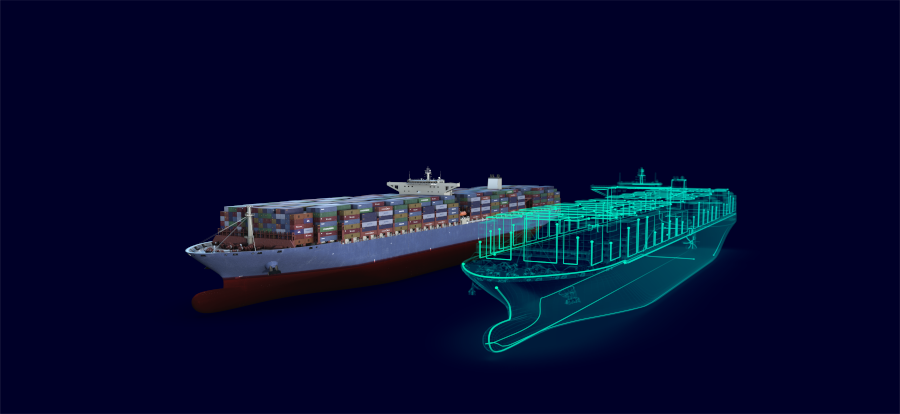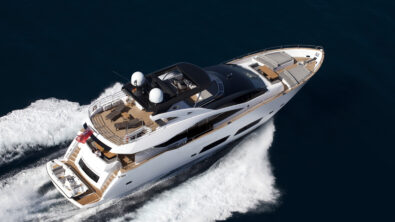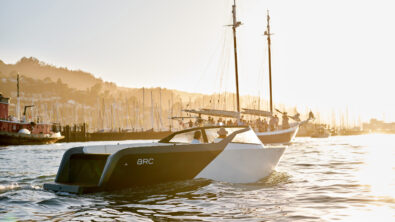Make a multidisciplinary design process easier with the digital twin

Ships are complex vessels with a number of different systems that need to work in collaboration. Digital tools exist today to enable ship designers to manage the mechanical, electrical and software features of a vessel in one collaborative environment powered by a comprehensive digital twin.
However, the marine industry is conservative, and disconnected legacy systems abound. It’s imperative that the industry adopt digital tools and fully integrate them into its processes. The digital twin isn’t optional; it’s necessary if shipbuilders want to remain competitive. It’s particularly important in the ship design process. Keep reading to learn how the digital twin enables multidisciplinary design.
What is multidisciplinary design?
Multidisciplinary design brings together the skills and expertise of different design disciplines to create a collaborative and cohesive design. The digital twin is key to enabling multidisciplinary design. Working with disconnected data and tools can interfere with team collaboration and success.
The digital twin for multidisciplinary design in marine
The marine industry must adopt digital tools to better support multidisciplinary design teams to enable a comprehensive digital twin. The digital twin can contain:
- 3D CAD data (including general arrangement, structural design and marine systems)
- Electrical systems
- Software and automation
Ultimately, the digital twin helps get all designers and engineers on a project onto one single design platform, creating greater opportunities for collaboration.
Learn more about the digital twin in marine design
Want to learn more about the digital twin for multidisciplinary marine design? Our on-demand webinar has all the details. Watch it now to learn how your design teams can use digital tools to take their collaboration to a new level.


